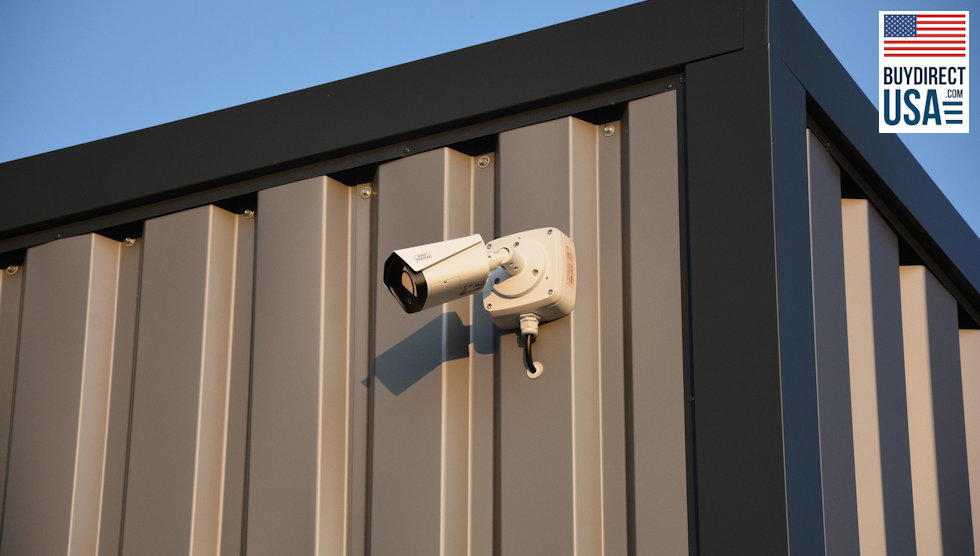Millions of Americans who lost manufacturing jobs during the 2000s have long ”known” China was to blame, not robots. Evidently many academics who’ve studied the issue are finally drawing the same conclusion.
For years economists have viewed the increased role of automation in the computer age as the culprit for some 6 million lost jobs from 1999 to 2010 — one-third of all U.S. manufacturing employment. Firms adopted new technologies to boost production, the thinking goes, and put workers out of the job in the process. Plants could make more stuff with fewer people.
In the past several years fresh thinking by economists such as David Autor of MIT has challenged that view. The latest research to poke holes in the theory of automation-is-to-blame is from Susan Houseman of the Upjohn Institute.
Now academic research tends to be dry and complicated, but Houseman’s findings boil down to this: The government for decades has vastly overestimated the growth of productivity in the American manufacturing sector. It’s been growing no faster, really, than the rest of the economy.
What that means is, the adoption of technology is not the chief reason why millions of working-class Americans lost their jobs in a vast region stretching from the mouth of the Mississippi river to the shores of the Great Lakes. Nor was it inevitable.
Autor and now Houseman contend the introduction of China into the global trading system is root cause of the job losses.
Put another way, President Bill Clinton and political leaders who succeeded him accepted the risk that the U.S. would suffer short-term economic harm from opening the U.S. to Chinese exports in hopes of long-run gains of a more stable China.
read more here







